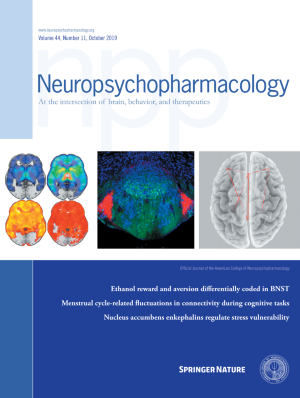 “Endocannabinoids play important roles in regulating CNS synaptic function and peripheral metabolism, but cannabinoids can also act acutely to modulate contraction strength in skeletal muscle.
“Endocannabinoids play important roles in regulating CNS synaptic function and peripheral metabolism, but cannabinoids can also act acutely to modulate contraction strength in skeletal muscle.
Nerve terminals and the skeletal muscle sarcolemma express components of the cannabinoid signaling system.
Endocannabinoids, N-arachidonylethanolamine (anandamide, AEA) and 2-arachidonoyl-glycerol (2-AG), are produced by skeletal muscle. They may be involved in the acute regulation of neuromuscular transmission, by adjusting the parameters for quantal acetylcholine release from the motor nerve terminal. Downstream of neuromuscular transmission, cannabinoids may also act to limit the efficiency of excitation-contraction coupling.
Improved understanding of the distinct signaling actions of particular cannabinoid compounds and their receptor/transduction systems will help advance our understanding of the role of endocannabinoids in skeletal muscle physiology.
Cannabinoids might also offer the potential to develop new pharmacotherapeutics to treat neuromuscular disorders that affect muscle strength.”
https://www.ncbi.nlm.nih.gov/pubmed/32156612
https://www.sciencedirect.com/science/article/abs/pii/S0304394020301701?via%3Dihub

 “For many centuries,
“For many centuries,  “Cannabinoids are a group of structurally heterogeneous but pharmacologically related compounds, including plant-derived cannabinoids, synthetic substances and endogenous cannabinoids, such as anandamide and 2-arachidonoylglycerol.
“Cannabinoids are a group of structurally heterogeneous but pharmacologically related compounds, including plant-derived cannabinoids, synthetic substances and endogenous cannabinoids, such as anandamide and 2-arachidonoylglycerol. “Anticholinergic organophosphate (OP) agents act on the diverse serine hydrolases, thereby revealing unexpected biological effects. Epidemiological studies indicate a relationship between OP exposure and development of attention-deficit/hyperactivity disorder (ADHD)-like symptoms, whereas no plausible mechanism for the OP-induced ADHD has been established.
“Anticholinergic organophosphate (OP) agents act on the diverse serine hydrolases, thereby revealing unexpected biological effects. Epidemiological studies indicate a relationship between OP exposure and development of attention-deficit/hyperactivity disorder (ADHD)-like symptoms, whereas no plausible mechanism for the OP-induced ADHD has been established. “Treating Cancer-induced bone pain (CIBP) continues to be a major clinical challenge and underlying mechanisms of CIBP remain unclear.
“Treating Cancer-induced bone pain (CIBP) continues to be a major clinical challenge and underlying mechanisms of CIBP remain unclear. “Research in the cannabinoid field, namely on phytocannabinoids, the endogenous cannabinoids anandamide and 2-arachidonoyl glycerol and their metabolizing and synthetic enzymes, the cannabinoid receptors, and anandamide-like cannabinoid compounds, has expanded tremendously over the last few years. Numerous endocannabinoid-like compounds have been discovered. The Cannabis plant constituent
“Research in the cannabinoid field, namely on phytocannabinoids, the endogenous cannabinoids anandamide and 2-arachidonoyl glycerol and their metabolizing and synthetic enzymes, the cannabinoid receptors, and anandamide-like cannabinoid compounds, has expanded tremendously over the last few years. Numerous endocannabinoid-like compounds have been discovered. The Cannabis plant constituent  “2-Arachidonoyl-glycerol (2-AG) is an
“2-Arachidonoyl-glycerol (2-AG) is an  “Binge drinking is a significant problem in adolescent populations, and because of the reciprocal interactions between ethanol (EtOH) consumption and the endocannabinoid (eCB) system, we sought to determine if adolescent EtOH intake altered the localization and function of the
“Binge drinking is a significant problem in adolescent populations, and because of the reciprocal interactions between ethanol (EtOH) consumption and the endocannabinoid (eCB) system, we sought to determine if adolescent EtOH intake altered the localization and function of the  “The endogenous lipid metabolism network is associated with the occurrence and progression of malignancies.
“The endogenous lipid metabolism network is associated with the occurrence and progression of malignancies.